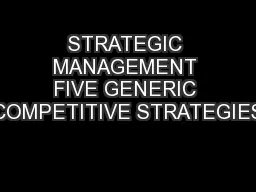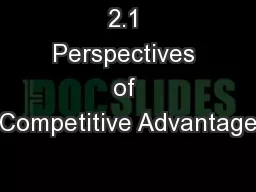PPT-1 Competitive Design What will I take away from this presentation?
Author : myesha-ticknor | Published Date : 2018-10-22
See how the State of Missouri compares to Midwestern peers in terms of key economic and talent factors and how Missouri DED compares on jobs created and investment
Presentation Embed Code
Download Presentation
Download Presentation The PPT/PDF document "1 Competitive Design What will I take aw..." is the property of its rightful owner. Permission is granted to download and print the materials on this website for personal, non-commercial use only, and to display it on your personal computer provided you do not modify the materials and that you retain all copyright notices contained in the materials. By downloading content from our website, you accept the terms of this agreement.
1 Competitive Design What will I take away from this presentation?: Transcript
Download Rules Of Document
"1 Competitive Design What will I take away from this presentation?"The content belongs to its owner. You may download and print it for personal use, without modification, and keep all copyright notices. By downloading, you agree to these terms.
Related Documents














